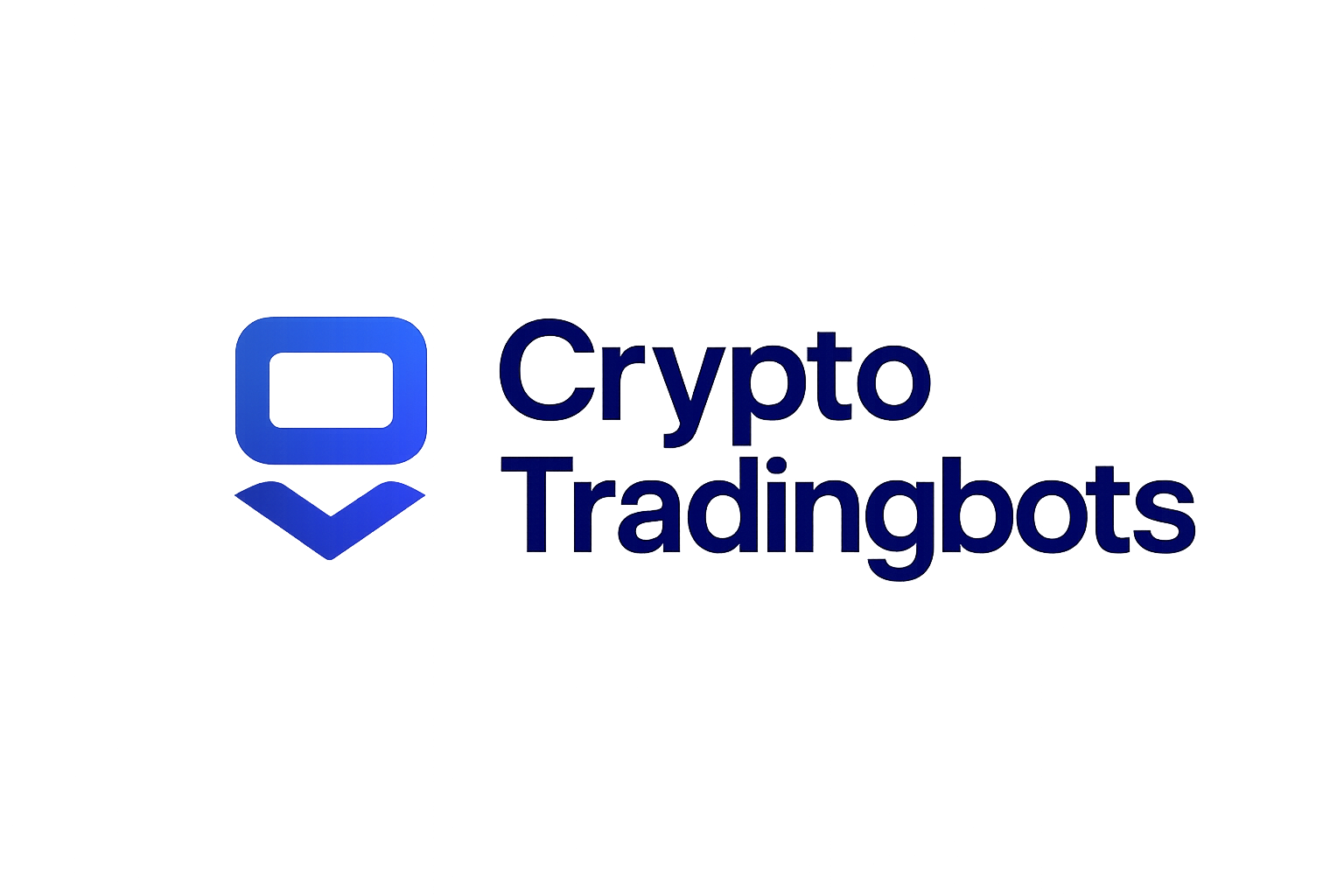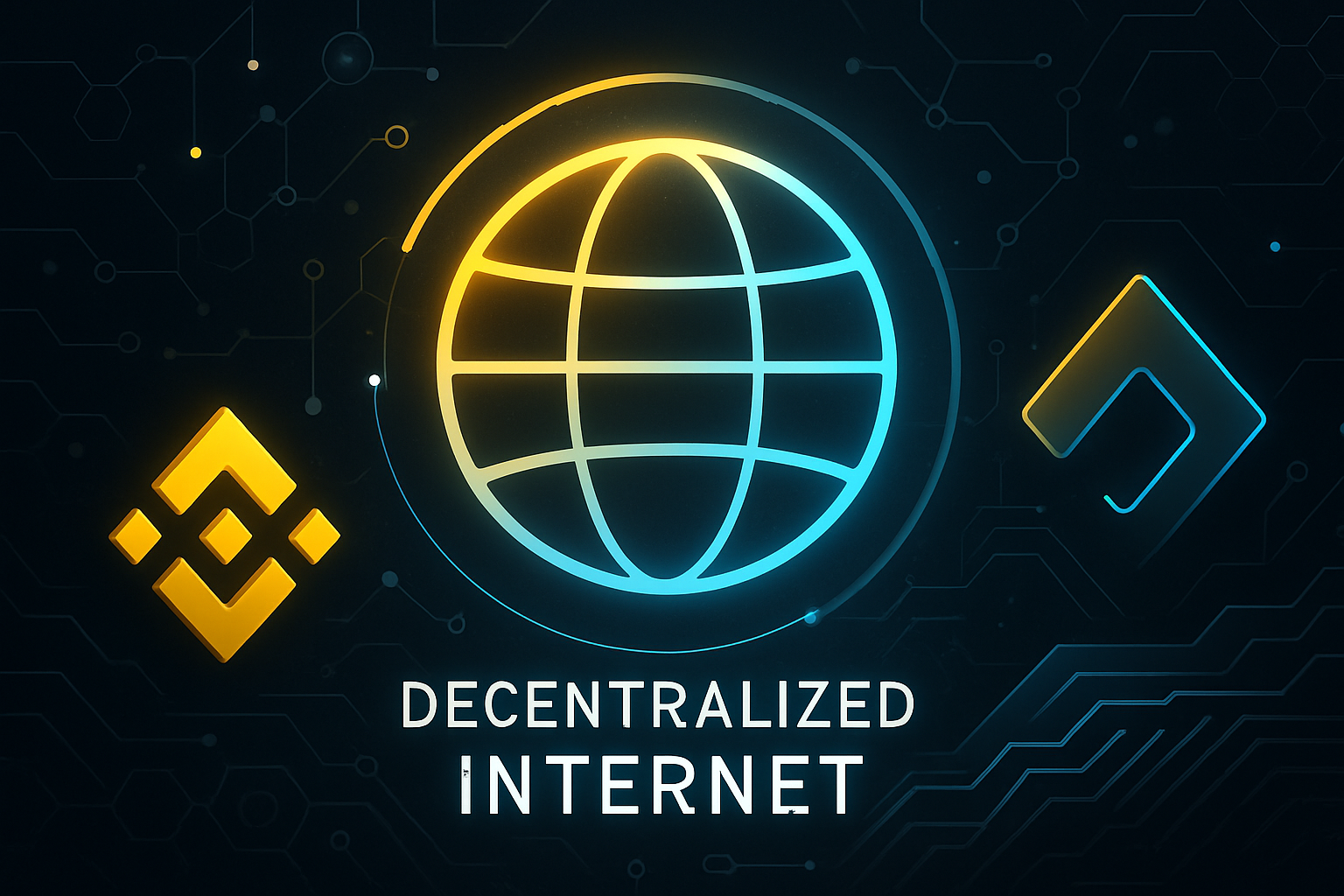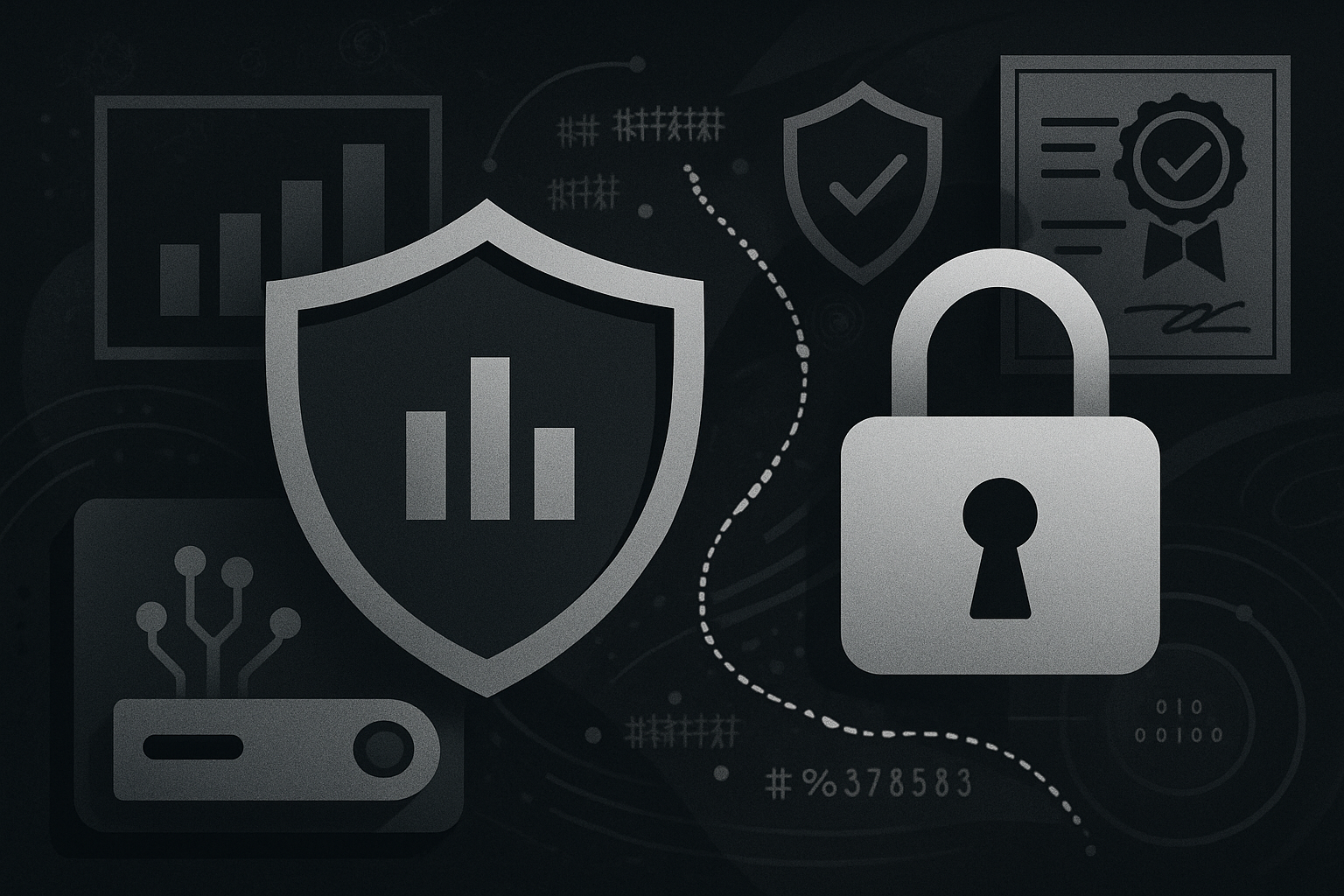
Building a multi-chain AI trading agent in 2025 is no longer reserved for quant hedge funds or Silicon Valley startups. Thanks to the latest AI frameworks and DeFi infrastructure, even solo traders and small teams can spin up sophisticated, cross-chain bots in a matter of minutes. If you’re eager to automate your trading across networks like Ethereum, Solana, Polygon, and Base without coding from scratch, this step-by-step guide will demystify the process.

Why Multi-Chain Matters for AI Trading Agents
In 2025’s fragmented crypto landscape, alpha rarely lives on just one chain. With liquidity pools scattered across ecosystems and new opportunities arising on emerging blockchains daily, relying on single-chain bots means missing out. Multi-chain AI agents empower you to:
- Capture arbitrage and yield farming opportunities wherever they arise
- Diversify risk by spreading exposure over multiple protocols and assets
- React faster to market shifts using real-time data from several networks simultaneously
The rise of frameworks like OuTre and AgentikDex has made it possible to deploy bots that natively support cross-network execution, no more juggling separate strategies per chain. This is a game-changer for traders seeking both flexibility and efficiency.
Step 1: Set Clear Trading Objectives and Constraints
The foundation of any successful automated trading agent is a clear set of objectives. Ask yourself:
- What are my target assets or sectors (e. g. , DeFi blue chips on Ethereum vs. high-growth tokens on Solana)?
- How much risk am I willing to take per trade or per day?
- What are my liquidity requirements, do I need instant execution or can I tolerate slippage?
- Am I prioritizing short-term gains or long-term portfolio growth?
This upfront clarity will shape every decision in your build, from model selection to which chains you prioritize.
Step 2: Choose the Right Frameworks and Tools (No Code? Low Code? Power User?)
Selecting your tech stack is where many traders feel overwhelmed, but today’s ecosystem offers solutions for every skill level:
- No-code/Low-code platforms: Services like OuTre let you design agents visually, set risk parameters with sliders, and connect multiple chains with a few clicks, perfect if you want results fast without deep technical expertise.
- Coding frameworks: For those comfortable with Python or Node. js, frameworks such as AlphaQuanter provide granular control over reinforcement learning models and custom strategy logic. You’ll need some dev skills but gain ultimate flexibility.
- Niche SDKs: If your focus is on specific chains (e. g. , Solana or Base), look for blockchain-specific SDKs that offer optimized APIs for trading operations.
If you want an even deeper dive into tool selection and real-world code examples, check out our hands-on tutorial at this guide on building multi-chain AI crypto trading bots using modern frameworks.
Step 3: Setting Up Your Development Environment Quickly and Securely
A streamlined environment ensures your build runs smoothly from prototype to production. Here’s what most setups require in 2025:
- Pipenv/Conda or Docker: For Python-based agents, these tools manage dependencies cleanly.
- NVM/Node Version Manager: If using Node. js SDKs for blockchain connectivity.
- . env Secrets Management: Always store API keys and private keys securely, never hardcode them!
- Mainnet/Testnet RPC Endpoints: Reliable access points for each blockchain you plan to trade on (Ethereum Mainnet, Solana Devnet etc. )
Your framework’s documentation will typically offer quickstart scripts, OuTre provides templates that automate much of this setup so you can focus on strategy rather than plumbing.
Step 4: Integrate AI for Market Intelligence and Signal Generation
With your environment ready, it’s time to plug in the AI. This is where your agent gets its edge, analyzing vast streams of multi-chain data and surfacing actionable signals. In 2025, you have a few strategic options:
- Pre-trained models: Leverage frameworks like AlphaQuanter for reinforcement learning agents that adapt to dynamic market conditions across chains.
- Custom ML pipelines: If you have historical trading data, consider training bespoke models using TensorFlow or PyTorch. Focus on features like cross-chain liquidity flows, volatility spikes, and protocol-specific news sentiment.
- Explainable AI (XAI): Regulatory scrutiny and risk management demand transparency. Use modular toolkits (e. g. , LangChain) to ensure every trade decision is auditable and logic can be traced back for compliance.
The goal? Build an agent that doesn’t just execute trades but learns from market feedback, adapts its strategies per chain, and surfaces insights you’d miss manually. For a hands-on walkthrough of AI model integration in crypto bots, explore our expanded agent-building guide here.
Step 5: Enable Multi-Chain Execution and Portfolio Management
Your agent’s true power lies in its ability to coordinate trades across multiple blockchains seamlessly. This involves:
- Unified wallet management: Securely handle private keys for each network, never store them in plaintext or on shared drives.
- Atomic swaps and cross-chain messaging: Use protocols like AgentikDex to enable atomic execution, ensuring no partial fills or stranded funds when arbitraging between, say, Ethereum and Solana.
- Real-time portfolio rebalancing: Set rules so your agent can shift allocations automatically as opportunities arise or risk thresholds are breached.
If you’re curious about real-world examples of cross-chain execution logic or want to see sample code for orchestrating trades across networks, check out this snippet below:
Example: Executing a Cross-Chain Swap with Python
Let’s look at a practical example of how your AI trading agent can execute a swap between Ethereum and Solana using a multi-chain SDK. This example demonstrates the key steps: estimating the swap, executing it, and monitoring its status.
from multichain_sdk import MultiChainClient
# Initialize the multi-chain client with your API key
client = MultiChainClient(api_key="YOUR_API_KEY")
# Define swap parameters
from_chain = "ethereum"
to_chain = "solana"
from_token = "ETH"
to_token = "SOL"
amount = 0.05 # Amount of ETH to swap
from_address = "0xYourEthereumAddress"
to_address = "YourSolanaAddress"
# Step 1: Estimate swap
estimate = client.estimate_swap(
from_chain=from_chain,
to_chain=to_chain,
from_token=from_token,
to_token=to_token,
amount=amount
)
print(f"Estimated SOL to receive: {estimate['to_amount']}")
# Step 2: Execute swap
swap_tx = client.execute_swap(
from_chain=from_chain,
to_chain=to_chain,
from_token=from_token,
to_token=to_token,
amount=amount,
from_address=from_address,
to_address=to_address
)
print(f"Swap transaction submitted! Transaction ID: {swap_tx['tx_id']}")
# Step 3: Monitor swap status
status = client.get_swap_status(swap_tx['tx_id'])
print(f"Swap status: {status['status']}")
This code provides a clear framework for cross-chain swaps. In your own projects, remember to handle errors and security considerations, and always test with small amounts first. Multi-chain SDKs can simplify complex operations, making your AI agent more versatile and powerful.
Step 6: Test Thoroughly Before Going Live
No matter how robust your build looks on paper, nothing replaces rigorous testing. Simulate trades on testnets (Goerli for Ethereum, Devnet for Solana), stress-test your agent with historical data replays, and validate fail-safes such as stop-loss triggers and withdrawal functions.
- Backtesting: Run your strategy against past market data from each chain you’ll deploy on. Look for hidden correlations or performance bottlenecks unique to certain networks.
- Pilot deployments: Start with small allocations on mainnet before scaling up. Monitor slippage, latency, and error rates closely, multi-chain execution is powerful but also exposes new failure points if not managed carefully.
- Error handling and alerts: Integrate real-time notifications via Telegram/Discord so you’re never blindsided by outages or unexpected fills.
Your Next Steps: Scale Up and Stay Adaptive
The beauty of today’s best multi-chain AI trading agents? You can iterate fast, adding new chains as ecosystems emerge or tweaking models as volatility regimes shift. The infrastructure is now mature enough that even non-coders can experiment with advanced strategies using visual builders or no-code templates. Want more tactical blueprints? Browse our deep-dive guides on building and combining automated agents at this resource.
The Strategic Advantage of Multi-Chain AI Agents in 2025
If there’s one lesson from the last cycle’s winners, it’s this: adaptability beats brute force every time. By building a multi-chain AI trading agent now, using modern frameworks like OuTre, AlphaQuanter, and AgentikDex, you position yourself ahead of the curve as liquidity fragments further in DeFi. Whether you’re automating yield farming rotations or seeking alpha through cross-network arbitrage, the right tools make it possible to move faster than ever before while keeping risk tightly managed. Ready to take the next leap? Start building today, and let your strategies evolve alongside crypto itself.




